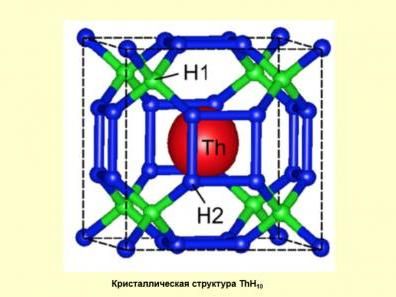Controlling superconductors with light
Tel Aviv University researcher discovers that a ray of light could lead to the next generation of superconductors
Advertisement
A superconductor, which can move electrical energy with no wasteful resistance, is the holy grail of cost-effective, efficient, and "green" power production. Unlike traditional conductors such as copper or silver, which waste power resources and lose energy when they heat up, an ideal superconductor would continuously carry electrical current without losing any power.
But creating a true superconductor is tricky. Though the concept of high temperature superconductors is more than two decades old, finding and controlling the right materials has been a challenge. Now Prof. Yoram Dagan of Tel Aviv University's Department of Physics and Center for Nanoscience and Nanotechnology has discovered an innovative way to manipulate superconducting materials.
Temperature is a crucial element for superconductors, explains Prof. Dagan — each material has a critical temperature when it becomes superconducting. But by manipulating different types of light, including UV and visible light, he and his fellow researchers are able to alter the critical temperatures of superconducting materials. This finding adds to a growing toolbox for controlling and improving the technology.
The research has been published in Angewandte Chemie and featured in Nature Nanotechnology.
Shining a light
Scientists have long sought ways to alter the temperature of superconducting materials, making them more practical. One of these methods includes chemical doping, removing or adding ions such as oxygen to alter the critical temperature of the material. But Prof. Dagan said that he and his fellow researchers were inspired to find a simpler way.
In the lab, they put a thin layer, one organic molecule thick, atop a superconducting film, approximately 50 nanometers thick. When researchers shined a light on these molecules, the molecules stretched and changed shape, altering the properties of the superconducting film — most importantly, altering the critical temperature at which the material acted as a superconductor.
The researchers tested three separate molecules. The first was able to increase the critical temperature of the superconducting film. With the second molecule, they found that shining an ultraviolet light heightened the material's critical temperature, while visible light lowered it. Finally, with the third molecule, they found that simply by turning a light on, critical temperature was raised — and lowered again when the light was switched off. Prof. Dagan calls this discovery a new "knob" for controlling the temperature of superconducting materials.
Small changes, big impact
The power of this finding is that instead of changing the temperature of the material itself, a more complicated process, the material can remain at the same temperature when the film is altered. This is a small change that results in very large responses from devices, says Prof. Dagan: "It's a strong response for a small amount of light."
One of the potential future applications of this finding might be a "non-dissipated memory," which would be able to save data and run continuously without generating heat and wasting energy.



































































